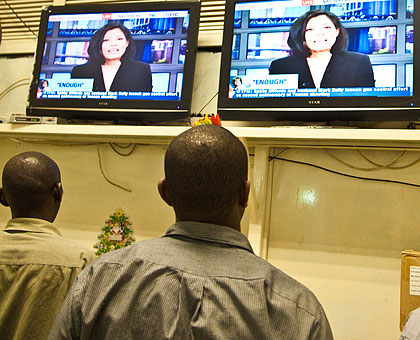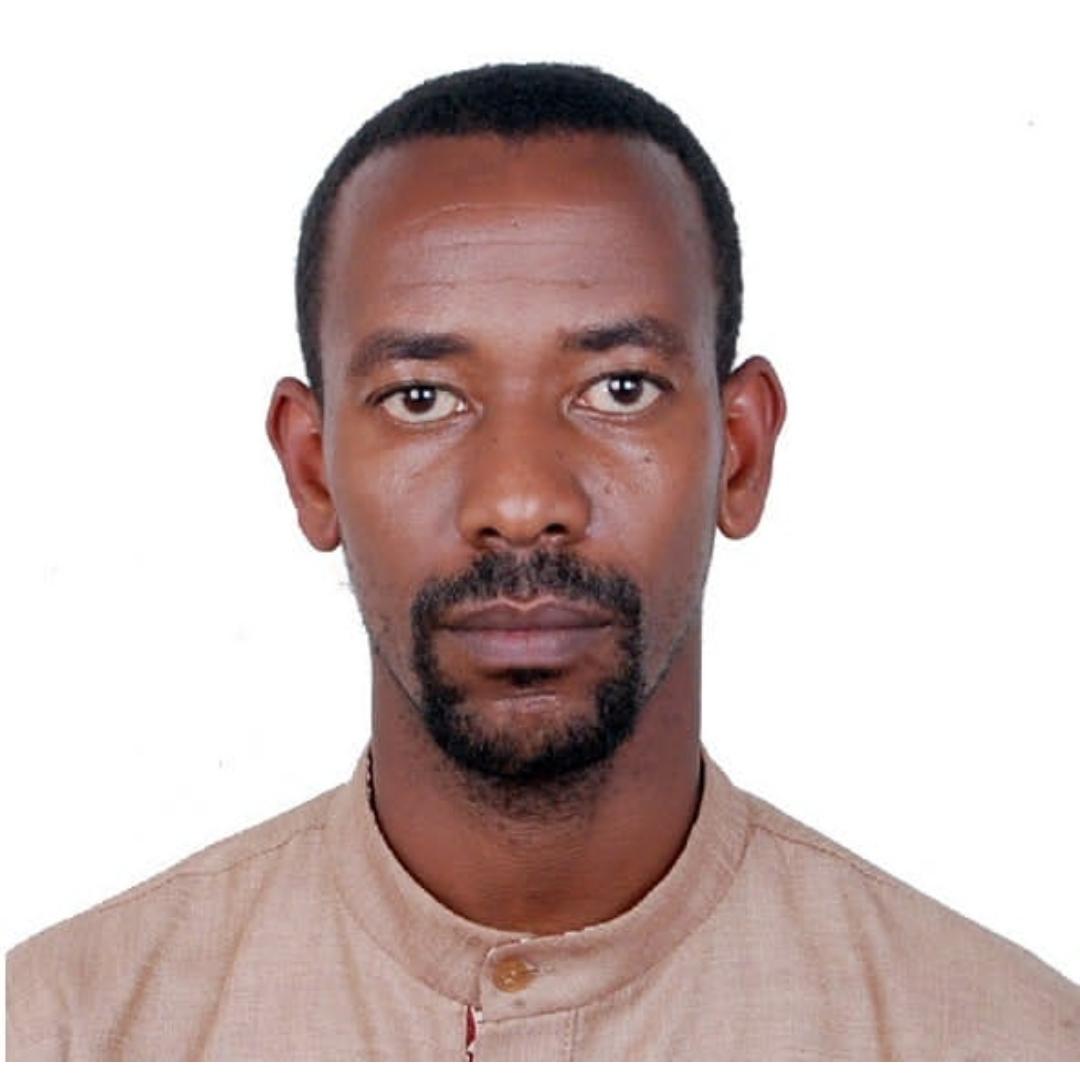Challenges in procurement are responsible for Rwanda’s missing of the December 31, 2012 deadline to migrate from analogue to digital in TV broadcasting, set by the East African Community (EAC), officials have said.


Challenges in procurement are responsible for Rwanda’s missing of the December 31, 2012 deadline to migrate from analogue to digital in TV broadcasting, set by the East African Community (EAC), officials have said.The International Telecommunications Union (ITU) set 2015 as the global deadline for switching from analogue to digital broadcasting, which uses rare frequency resource efficiency while allowing the introduction of additional services such as high definition television and pay TV on standard TV.The national broadcaster, ORINFOR, had committed to start broadcasting digital content in March 2012, well ahead of the EAC deadline.Among the five EAC partner states, only Tanzania managed to beat the deadline.Last year, Rwanda opened the first tender for the supply of Set Top Boxes (STBs)—decoding devices that will convert analogue images to digital and allow TV set owners to watch digital content without necessarily buying new sets.While speaking to The New Times, the head of Communication and Media Regulation at Rwanda Utility Regulation Authority (RURA), Jean Baptiste Mutabazi, also attributed the failure to beat the deadline to the unavailability of the decoders."We have already published the technical specifications of the decoders but what remains is to get investors who can import them,” said Mutabazi. The exact specifications of the required device were published in the last quarter of 2012.Currently only Star Times and DSTV subscribers access digital transmission and will not need to migrate while those with TV sets accessing only Rwanda TV are the ones who will buy decoders after the migration.According to Mutabazi, the Rwanda Broadcasting Agency has already installed the digital network and only needs to be upgraded."What remains is who can receive it. People who access only the Rwanda TV channel are the ones who need the decoders which would help them receive digital signal and be transmitted to analogue TV sets for them to view pictures. Right now we need to put more effort in having the decoders on the market for people to buy,” said Mutabazi.However, according to Mutabazi, there is also the ‘Free-to-Air TV’ option."After the migration, we will have both Free-to-Air TVs and Pay TVs but that is up to ORINFOR and the host of the channels to decide on how to mix them. The market can sometimes determine whether its Free-to-Air TVs or Pay TVs system that is suitable for the operator, but the important thing to note is that channels of national interest will be for free,” said Mutabazi.Currently there is no specific figure of how many decoders are needed in Rwanda but according to 2011 figures from the National Institute of Statistics of Rwanda, around 144,000 households have television sets.No particular cost has been placed on each decoder but available estimates, according to Mutabazi, range between US$30 to US$40 per decoder.While Rwanda is set to rollout Digital Video Broadcasting Terrestrial (DVB-T1) technology, ITU recommended that countries should upgrade to DVB-T2.DVB-T is a system that transmits compressed digital audio, digital video and other data in an MPEG transport stream, using coded orthogonal frequency-division multiplexing.So far, the technology that was rolled out by both Star Times and ORINFOR is DVB-T1 but RURA has recommended that they upgrade to DVB-T2 transmission standards.If decoders were available today, ORINFOR would host about eight channels with the DVB-T1 that they currently have. The broadcaster has so far secured two channels out of the eight they are able to host."With this, there is a quick opportunity of any willing broadcasting investor because they could be hosted on the remaining six frequencies of ORINFOR line,” said Mutabazi.The government recently established a task force charged with fast tracking digital migration. According to Didier Nkurikiyimfura, the task force has a mandate of looking into all the technical requirements that are needed to accelerate this process and also look at issues to do with investment.Nkurikiyimfura, who heads the taskforce, however, said that the EAC agreed on the specifications of the decoders in the last quarter of 2012. "The switch from analogue to digital will be a soft one, it will be progressive. There is an awareness campaign that is also scheduled to start in the first quarter of this year,” Nkurikiyimfura said.He hastened to add that there are people and companies that are willing to invest in importing the decoders but were still waiting for the specifications.In a related development, as plans are progressing with migrating from analogue to digital, the Ministry of Youth and ICT in partnership with the Ministry of Local Government is working out a plan of increasing TV penetration and accessibility.According to Nkurikiyimfura, part of the tentative plan is engaging TV manufacturers, importers and financial institutions in the country to avail television sets at a low price.


